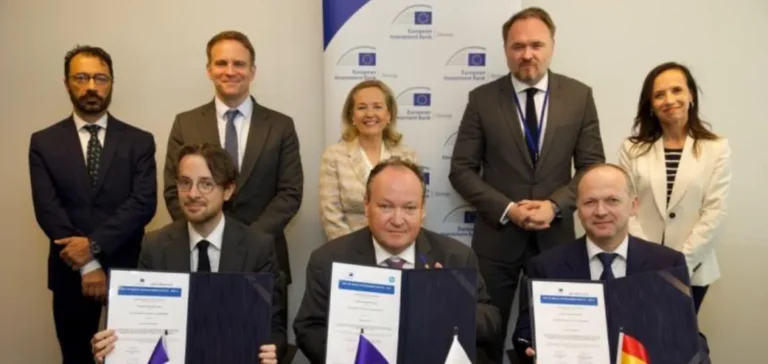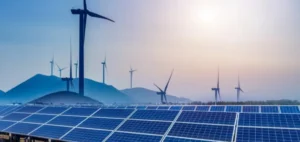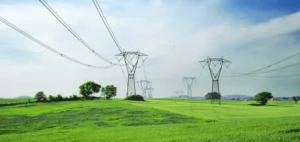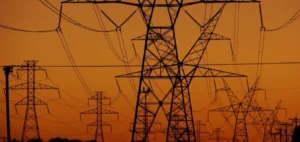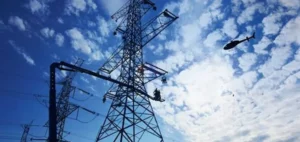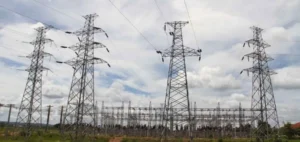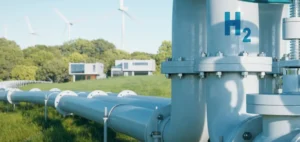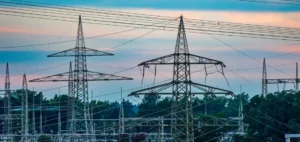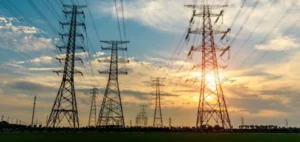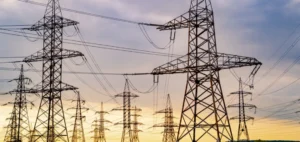The European Investment Bank (EIB) signed on June 16 the first loan tranches totalling €1.2bn ($1.30bn) at its Luxembourg headquarters, launching the overall €1.6bn ($1.73bn) financing for the Bay of Biscay interconnection. The project involves laying two high-voltage direct-current cables over 400 km, of which 300 km will be submarine, to connect Gatika in Spain to Cubnezais in France. Operated by Inelfe, the joint venture of Red Eléctrica de España and Réseau de transport d’électricité, the link is due to enter service in 2028. Once operational, it will double electricity exchange capacity between the two countries, raising it from 2 800 MW to 5 000 MW.
Strengthened European financing
Classified as a Project of Common Interest by the European Union, the link has already secured a €578mn ($625mn) grant under the Connecting Europe Facility. The EIB loans cover the remaining cost, distributed between the French and Spanish operators according to their investment share. The operation forms part of the bank’s 2024-2027 strategic roadmap and the REPowerEU initiative, both aimed at safeguarding the continent’s energy supply. In 2024, the EIB committed €31bn ($33.6bn) to energy security within the Union.
The signing brought together EIB president Nadia Calviño, European Commissioner for Energy and Housing Dan Jørgensen, French minister for industry and energy Marc Ferracci and Spanish deputy secretary of state for ecological transition Miguel González Suela. “This agreement will make the Iberian Peninsula something other than an energy island,” Calviño said, according to an EIB release issued on June 16. Jørgensen stressed that more integrated grids are “essential to ensure our citizens have a stable supply wherever they are”. Ferracci highlighted a link “that will double transport capacity over 400 km” and accelerate decarbonisation.
Operational impacts
The route will employ a high-voltage direct-current configuration, with converter stations at Gatika and Cubnezais to connect the national alternating-current grids. Marine works have already started, while RTE and Red Eléctrica are upgrading onshore substations to handle higher north–south flows. Engineers estimate that the interconnection will avoid about 600 000 tonnes of CO₂ per year by optimising the transit of low-carbon electricity across the Pyrenees. Smoother exchanges should also reduce wholesale price volatility during overnight peaks on the peninsula.
According to the EIB, Spain received more than €5bn ($5.41bn) in energy-security financing in 2024, including €1.54bn ($1.67bn) for grids and storage. France obtained €3.6bn ($3.89bn) over the same period, of which €400mn ($433mn) was allocated to strengthening power transmission. Over the past five years, the bank’s cumulative commitments have reached €16.7bn ($18.0bn) in Spain and €17.7bn ($19.0bn) in France. “This cable is a bridge between nations that will strengthen European cohesion,” said Beatriz Corredor, chairwoman of Redeia, at the signing.


